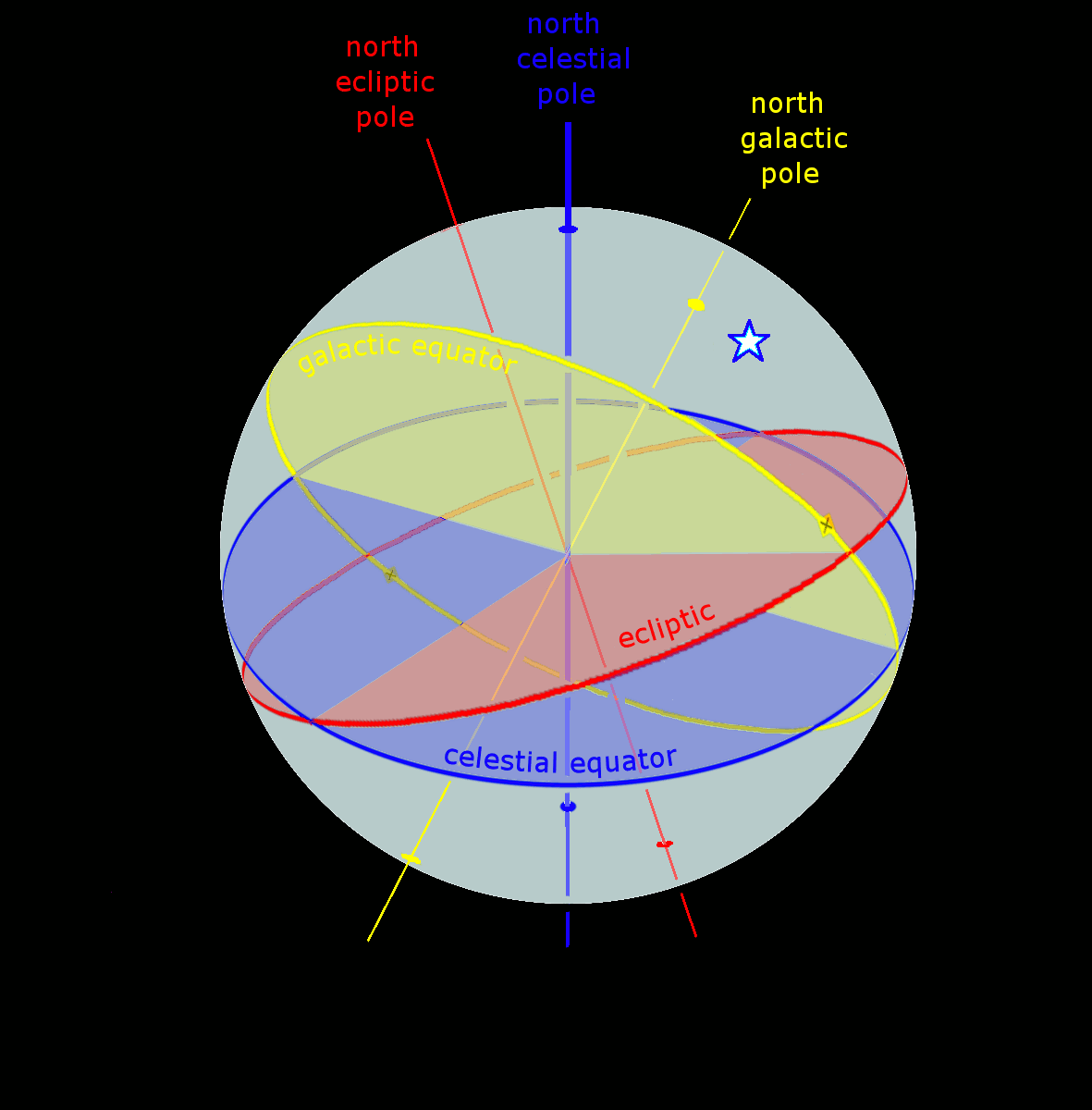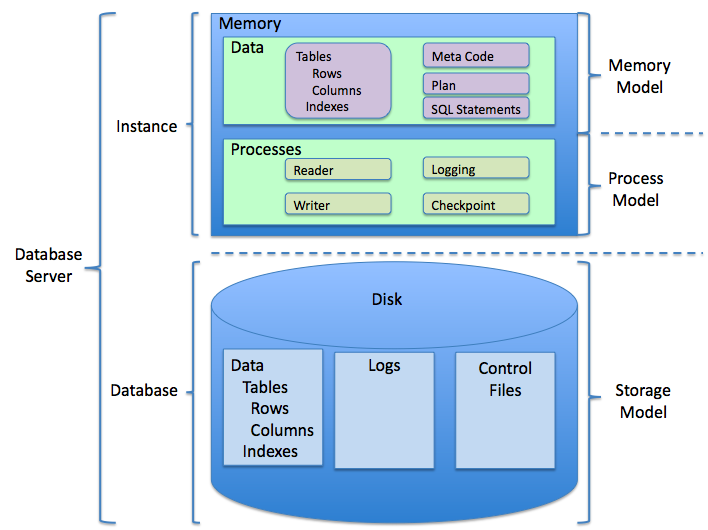|
FITS
Flexible Image Transport System (FITS) is an open standard defining a digital file format used for storage, transmission and processing of data: formatted as multi-dimensional arrays (for example a 2D image), or tables. FITS is the most commonly used digital file format in astronomy. The FITS standard was designed specifically for astronomical data, and includes provisions such as describing photometric and spatial calibration information, together with image origin metadata. The FITS format was first standardized in 1981; it has evolved gradually since then, and the most recent version (4.0) was standardized in 2016. FITS was designed with an eye towards long-term archival storage, and the maxim ''once FITS, always FITS'' represents the requirement that developments to the format must be backward compatible. Image metadata is stored in a human-readable ASCII header. The information in this header is designed to calculate the byte offset of some information in the subsequen ... [...More Info...] [...Related Items...] OR: [Wikipedia] [Google] [Baidu] |
HEALPix
HEALPix (sometimes written as Healpix), an acronym for Hierarchical Equal Area isoLatitude Pixelisation of a 2-sphere, is an algorithm for pixelisation of the 2-sphere based on subdivision of a distorted rhombic dodecahedron, and the associated class of map projections. The pixelisation algorithm was devised in 1997 by Krzysztof M. Górski at the Theoretical Astrophysics Center in Copenhagen, Denmark, and first published as a preprint in 1998. Projection and pixelisation The HEALPix projection is a general class of spherical projections, sharing several key properties, which map the 2-sphere to the Euclidean plane. Any of these can be followed by partitioning (pixelising) the resulting region of the 2-plane. In particular, when one of these projections (the H=4, K=3 HEALPix projection) is followed by a pixelisation of the 2-plane, the result is generally known as the HEALPix pixelisation, which is widely used in physical cosmology for maps of the cosmic microwave background. T ... [...More Info...] [...Related Items...] OR: [Wikipedia] [Google] [Baidu] |
Image File Formats
An image file format is a file format for a digital image. There are many formats that can be used, such as JPEG, PNG, and GIF. Most formats up until 2022 were for storing 2D images, not 3D ones. The data stored in an image file format may be compressed or uncompressed. If the data is compressed, it may be done so using lossy compression or lossless compression. For graphic design applications, vector formats are often used. Some image file formats support transparency. Raster formats are for 2D images. A 3D image can be represented within a 2D format, as in a stereogram or autostereogram, but this 3D image will not be a true light field, and thereby may cause the vergence-accommodation conflict. Image files are composed of digital data in one of these formats so that the data can be displayed on a digital (computer) display or printed out using a printer. A common method for displaying digital image information has historically been rasterization. Image file sizes ... [...More Info...] [...Related Items...] OR: [Wikipedia] [Google] [Baidu] |
Card Image
Card image is a traditional term for a character string, usually 80 characters in length, that was, or could be, contained on a single punched card. IBM cards were 80 characters in length. UNIVAC cards were 90 characters in length. Card image files stored on magnetic tape or disk were usually used for simulated card input or output. A punched card typically held multiple data fields, some numeric, some alphabetic. Many data formats, such as the FITS image file An image file format is a file format for a digital image. There are many formats that can be used, such as JPEG, PNG, and GIF. Most formats up until 2022 were for storing 2D images, not 3D ones. The data stored in an image file format may be c ... format, still use card images as basic building blocks—even though punched cards are now mostly obsolete. References {{compu-prog-stub Computer data storage History of software ... [...More Info...] [...Related Items...] OR: [Wikipedia] [Google] [Baidu] |
Celestial Coordinate System
In astronomy, coordinate systems are used for specifying positions of celestial objects (satellites, planets, stars, galaxies, etc.) relative to a given reference frame, based on physical reference points available to a situated observer (e.g. the true horizon and north to an observer on Earth's surface). Coordinate systems in astronomy can specify an object's relative position in three-dimensional space or plot merely by its direction on a celestial sphere, if the object's distance is unknown or trivial. Spherical coordinates, projected on the celestial sphere, are analogous to the geographic coordinate system used on the surface of Earth. These differ in their choice of fundamental plane, which divides the celestial sphere into two equal hemispheres along a great circle. Rectangular coordinates, in appropriate units, have the same fundamental () plane and primary (-axis) direction, such as an axis of rotation. Each coordinate system is named after its choice of fund ... [...More Info...] [...Related Items...] OR: [Wikipedia] [Google] [Baidu] |
NASA
The National Aeronautics and Space Administration (NASA ) is an independent agencies of the United States government, independent agency of the federal government of the United States, US federal government responsible for the United States's civil list of government space agencies, space program, aeronautics research and outer space, space research. National Aeronautics and Space Act, Established in 1958, it succeeded the National Advisory Committee for Aeronautics (NACA) to give the American space development effort a distinct civilian orientation, emphasizing peaceful applications in space science. It has since led most of America's space exploration programs, including Project Mercury, Project Gemini, the 1968–1972 Apollo program missions, the Skylab space station, and the Space Shuttle. Currently, NASA supports the International Space Station (ISS) along with the Commercial Crew Program and oversees the development of the Orion (spacecraft), Orion spacecraft and the Sp ... [...More Info...] [...Related Items...] OR: [Wikipedia] [Google] [Baidu] |
IGOR Pro
IGOR Pro is a scientific data analysis software, numerical computing environment and programming language that runs on Windows or Mac operating systems. It is developed by WaveMetrics Inc., and was originally aimed at time series analysis, but has since then evolved and covers other applications such as curve fitting and image processing. It comes with a fully functional programming language and compiler, but many functions are also accessible through menus. IGOR Pro is primarily known for its graphics capabilities, and like Origin and other similar programs, is often used to generate plots for scientific and other publications. Other features include the possibility of extending the built-in functions with external operations (XOP) allowing data acquisition, manipulation and analysis features, communication with external devices and in principle any other task that can be programmed in C or C++. It was first released as "Igor" in 1989, and became "Igor Pro" circa 1994. ... [...More Info...] [...Related Items...] OR: [Wikipedia] [Google] [Baidu] |
C Sharp (programming Language)
C# ( pronounced: C-sharp) ( ) is a general-purpose high-level programming language supporting multiple paradigms. C# encompasses static typing, strong typing, lexically scoped, imperative, declarative, functional, generic, object-oriented (class-based), and component-oriented programming disciplines. The principal inventors of the C# programming language were Anders Hejlsberg, Scott Wiltamuth, and Peter Golde from Microsoft. It was first widely distributed in July 2000 and was later approved as an international standard by Ecma (ECMA-334) in 2002 and ISO/ IEC (ISO/IEC 23270 and 20619) in 2003. Microsoft introduced C# along with .NET Framework and Microsoft Visual Studio, both of which are technically speaking, closed-source. At the time, Microsoft had no open-source products. Four years later, in 2004, a free and open-source project called Microsoft Mono began, providing a cross-platform compiler and runtime environment for the C# programming language. A decad ... [...More Info...] [...Related Items...] OR: [Wikipedia] [Google] [Baidu] |
Goddard Space Flight Center
The Goddard Space Flight Center (GSFC) is a major NASA space research laboratory located approximately northeast of Washington, D.C., in Greenbelt, Maryland, United States. Established on May 1, 1959, as NASA's first space flight center, GSFC employs about 10,000 civil servants and contractors. Named for American rocket propulsion pioneer Robert H. Goddard, it is one of ten major NASA field centers. GSFC is partially within the former Goddard, Maryland, Goddard census-designated place; it has a Greenbelt, Maryland, Greenbelt mailing address.CENSUS 2000 BLOCK MAP: GODDARD CDP (PDF). U.S. Census Bureau. Retrieved September 1, 2018. 1990 Census map of Prince George's County [...More Info...] [...Related Items...] OR: [Wikipedia] [Google] [Baidu] |
C (programming Language)
C (''pronounced'' '' – like the letter c'') is a general-purpose programming language. It was created in the 1970s by Dennis Ritchie and remains very widely used and influential. By design, C's features cleanly reflect the capabilities of the targeted Central processing unit, CPUs. It has found lasting use in operating systems code (especially in Kernel (operating system), kernels), device drivers, and protocol stacks, but its use in application software has been decreasing. C is commonly used on computer architectures that range from the largest supercomputers to the smallest microcontrollers and embedded systems. A successor to the programming language B (programming language), B, C was originally developed at Bell Labs by Ritchie between 1972 and 1973 to construct utilities running on Unix. It was applied to re-implementing the kernel of the Unix operating system. During the 1980s, C gradually gained popularity. It has become one of the most widely used programming langu ... [...More Info...] [...Related Items...] OR: [Wikipedia] [Google] [Baidu] |
Relational Database
A relational database (RDB) is a database based on the relational model of data, as proposed by E. F. Codd in 1970. A Relational Database Management System (RDBMS) is a type of database management system that stores data in a structured format using rows and columns. Many relational database systems are equipped with the option of using SQL (Structured Query Language) for querying and updating the database. History The concept of relational database was defined by E. F. Codd at IBM in 1970. Codd introduced the term ''relational'' in his research paper "A Relational Model of Data for Large Shared Data Banks". In this paper and later papers, he defined what he meant by ''relation''. One well-known definition of what constitutes a relational database system is composed of Codd's 12 rules. However, no commercial implementations of the relational model conform to all of Codd's rules, so the term has gradually come to describe a broader class of database systems, which at a ... [...More Info...] [...Related Items...] OR: [Wikipedia] [Google] [Baidu] |


